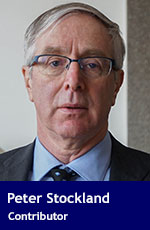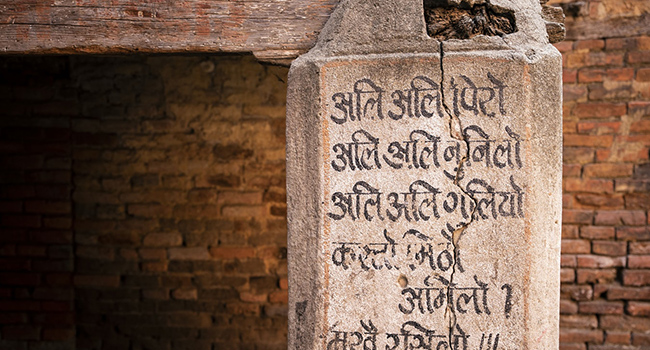 For her book Talking Stones: The Politics of Memorialization in Post-Conflict Northern Ireland, Elisabetta Viggiani mapped 157 publicly visible sites of Troubles commemoration in Belfast.
For her book Talking Stones: The Politics of Memorialization in Post-Conflict Northern Ireland, Elisabetta Viggiani mapped 157 publicly visible sites of Troubles commemoration in Belfast.
Broken down, the city’s memorials alone offer a ratio of one wall plaque, garden, public tableau or statue for every 25 of the 4,000 or so people killed by the civil violence that wracked Northern Ireland’s six counties from 1969 to 1998.
The numbers are a stark data point in Viggiani’s conclusion: the social imaginary in which we live our individual lives is a peaceful kingdom, but our collective selves have a vital need to mark the history of our side.
Even as Canadians with our cherished myth of enduring peaceability, the dynamic deserves attention.
For Canadians, the Troubles in Ireland might seem geographically distant and wrapped in historic fog. Yet in the fresh past, we’ve found ourselves in an escalating action-reaction pattern with regard to the histories we entrust to commemorative sites.
No, the recent toppling of the statue of Sir John A. Macdonald in Montreal was not comparable to Bloody Sunday in Northern Ireland in 1972. As repulsive an act of cowardly vandalism as some might perceive it, the only head lost was poor old Sir John A.’s iron noggin. It can be repaired, replaced or reattached.
Neither Montreal nor Halifax-Toronto-Winnipeg-Regina-Calgary-Vancouver (pick your town) are Belfast, of course.
But there was a time when Belfast, at least as a synonym for modern civil carnage, wasn’t Belfast either. From the mid-19th century to the first quarter of the 20th century, it was one of the great industrial cities of the British Empire.
But by mid-century, sectarian, political and cultural fault lines manifested in the city’s physical spacing and tribal public displays pushed it into increasingly violent urban decline.
Is that some kind of prophecy for Canadian cities or Canada as a whole?
No. But it’s worthy of attention and understanding as a replicable phenomenon. It need not happen here.
We can look to current events in the United States, in Portland, Seattle, Chicago and Kenosha, Wis., to see why we must take care that it doesn’t.
One critical way to exercise that care is to deepen the discussion over the human nature of commemoration itself.
We need to quickly move beyond Prime Minister Justin Trudeau’s chastisement of Alberta Premier Jason Kenney for using provocative language.
And we absolutely must cease the current parrot squawk talk that creates a useless dichotomy between “preserving our history” and the forced removal of feet-of-clay statuary.
The past isn’t a script set down in non-revisable stone. History is always open to honest revision. If everyone needs a good editor, our collective memories can benefit from one, too. At the same time, vandalizing and emptying out public spaces under the delusion that such acts make yesterday a better today is sad-sack politics that only fosters democratic weakness.
What we need above all is a respectful but robust public conversation, seeding a resonant Canadian vocabulary, about the nature of public memory. Who remembers what, why and how, but also the way in which the stories that communicate such remembering lie alongside each other, creating boundaries in some instances and openings in others.
In Talking Stones, Viggiani writes eloquently, “In societies that undergo a crucial period of transition after decades long internal conflicts, where a selective and partisan use of the past has helped perpetuate communal divisions and hatreds, the study of how the past is remembered and commemorated acquires further relevance in light of present circumstances and future development.”
Memorialization, she writes, can move us beyond the sadness of individual and tribal loss, or the self-satisfaction of achieving minimum first-stage reconciliation, and incorporate memory as “an active and evolving practice (that) shapes political developments and has a transformative power in … society.”
According each other justice in our differing commemorations, we can minimize, if not eradicate, the need for histories based on attack and defence, dominion and toppling.
At a minimum, Sir John A. Macdonald, warts and all, might be able to keep his head because all others around him are no longer losing theirs.
Peter Stockland, is editor of convivium.ca and senior writer at the think-tank Cardus.
Peter is a Troy Media Thought Leader. Why aren’t you?
The views, opinions and positions expressed by columnists and contributors are the author’s alone. They do not inherently or expressly reflect the views, opinions and/or positions of our publication.

